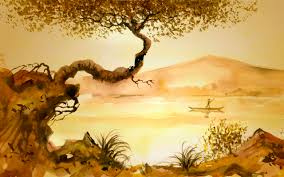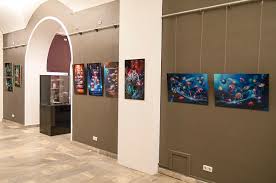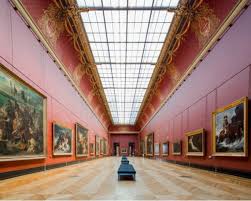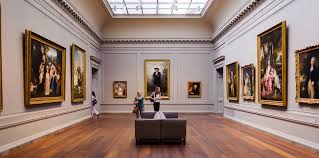bone
OIL ART PAINTS (part 1)
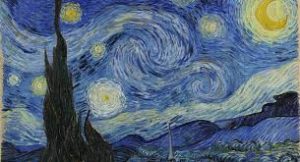 Artistic paints consist of colored powder – a pigment and a binder that holds together the smallest particles. In painting, mainly inorganic coloring materials are used, as more persistent, less often organic.
Artistic paints consist of colored powder – a pigment and a binder that holds together the smallest particles. In painting, mainly inorganic coloring materials are used, as more persistent, less often organic.
There are pigments of natural origin and prepared artificially.
In ancient times, artists used exclusively dyes found in nature in the form of various minerals: malachite, azurite, auripigment, lapis lazuli (lapis lazuli) and all kinds of colored earths. In addition, they used dyes of organic origin, which were obtained from various plants and simple animal organisms – mollusks, worms.
But over time, many natural pigments were replaced by artificial ones. So, for example, blue ultramarine paint, valued more than gold (it was obtained from lapis lazuli minerals), was replaced in the 19th century by cheap artificial ultramarine. Continue reading
